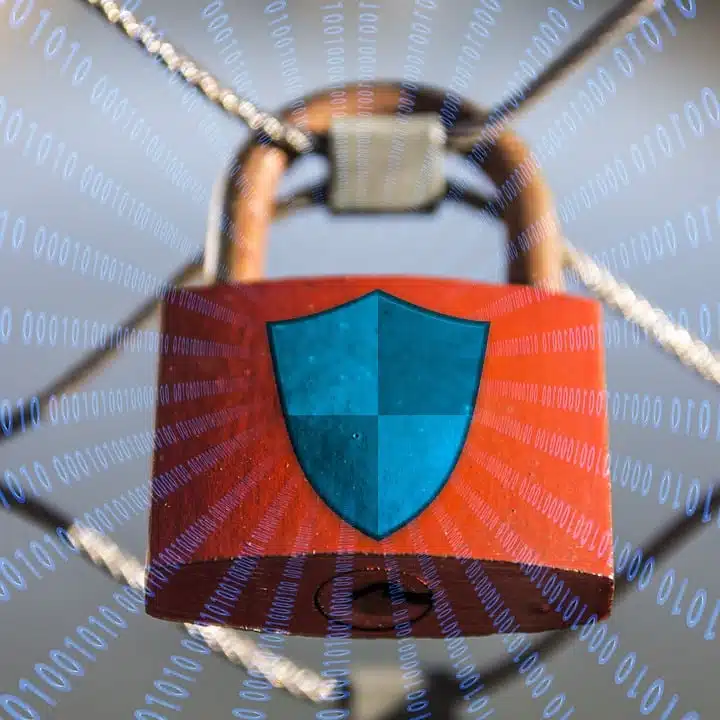Introduction:
WordPress has gained immense popularity as a preferred platform for website development due to its user-friendly interface and extensive customization options. However, its wide usage also attracts the attention of cybercriminals looking to exploit vulnerabilities. In recent years, the number of WordPress websites falling victim to malicious attacks has drastically increased. As a website owner, it is crucial to be aware of the potential risks and seek immediate assistance when encountering signs of an attack. This article focuses on providing insights into WordPress website attacks, the importance of malware removal services, and the frequently asked questions surrounding this issue.
Understanding WordPress Website Attacks:
1. Common Attack Vectors:
– Vulnerable Plugins and Themes: Hackers exploit security vulnerabilities present in outdated or poorly coded plugins and themes.
– Brute Force Attacks: Cybercriminals use automated scripts to guess weak passwords and gain unauthorized access to the website.
– SQL Injection: By injecting malicious code into a website’s database, attackers gain control over its content and structure.
– Cross-Site Scripting (XSS): Hackers inject malicious scripts into insecure websites, often targeting visitors or site administrators.
2. Signs of a Compromised Website:
– Unexpected redirects
– Slow website performance
– Unusual pop-ups or advertisements
– Unauthorized changes to website content
– Suspicious error messages or warning signs
3. Risks and Consequences:
– Malware Distribution: Hackers may use compromised websites to distribute malware to unsuspecting visitors.
– Data Theft: Sensitive user information, including login credentials, payment details, and personal data, can be stolen.
– Blacklisting: Search engines may detect malicious activities and block the compromised website, resulting in a significant loss of traffic and reputation.
Importance of Malware Removal Services:
1. Expertise and Experience:
– Malware removal services employ professionals who are experienced in identifying and eliminating malicious code from WordPress websites.
– They possess in-depth knowledge of WordPress vulnerabilities, allowing them to conduct thorough scans and efficiently eliminate malware.
2. Time-Efficiency:
– Malware removal can be a time-consuming and complex process, especially for those lacking technical expertise.
– Professionals can quickly analyze and remove malware, minimizing website downtime and reducing the overall impact on your business.
3. Prevention and Enhancement:
– Malware removal services not only focus on removing existing threats but also help reinforce website security to prevent future attacks.
– They offer valuable recommendations for improving website security measures, such as updating plugins and themes regularly, using strong passwords, and implementing security plugins.
FAQs (Frequently Asked Questions):
Q1. How can I tell if my WordPress website is under attack?
A: Look for signs such as unexpected redirects, slow performance, suspicious pop-ups, unauthorized content changes, or unusual error messages.
Q2. Can I remove malware from my WordPress website on my own?
A: While it’s possible, it is recommended to seek professional help to ensure thorough removal without causing further damage.
Q3. Are malware removal services costly?
A: The cost of malware removal services varies depending on the severity of the infection. However, the expenses are worth safeguarding the integrity of your website and protecting your visitors’ data.
Q4. How often should I scan my WordPress website for malware?
A: Regularly scanning your website for malware is crucial. Monthly or quarterly scans are recommended, or immediately after installing new plugins or themes.
Conclusion:
WordPress websites are no strangers to cyberattacks, and the potential risks and consequences of such attacks should not be underestimated. Recognizing signs of compromise and promptly seeking professional malware removal services can mitigate the damage caused by hackers. By taking appropriate measures and implementing proactive security measures, website owners can protect their online presence and their users from malicious activities. Ensure your website remains secure and free from malware to prioritize the safety and trust of your visitors.
Post Summary:
WordPress websites are frequently targeted by cybercriminals, making it crucial for website owners to be aware of the risks and take immediate action if an attack occurs. Common attack vectors include vulnerabilities in plugins and themes, brute force attacks, SQL injection, and cross-site scripting. Signs of a compromised website include unexpected redirects, slow performance, pop-ups, unauthorized changes, and error messages. The risks of a compromised website include malware distribution, data theft, and blacklisting. Malware removal services are important for their expertise and experience, time-efficiency, and prevention measures. Regular scans and proactive security measures are recommended to protect WordPress websites.


